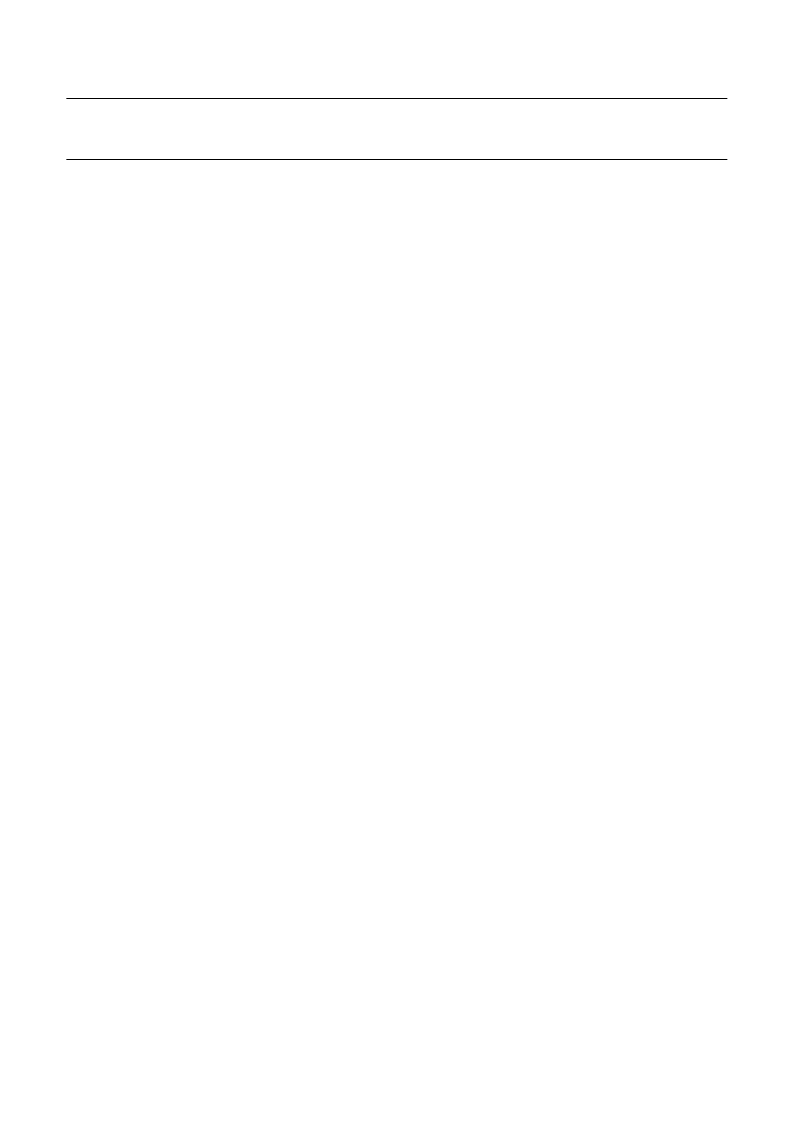- 您現(xiàn)在的位置:買賣IC網(wǎng) > PDF目錄369945 > P90CE201AEB (NXP SEMICONDUCTORS) 16-bit microcontroller PDF資料下載
參數(shù)資料
| 型號: | P90CE201AEB |
| 廠商: | NXP SEMICONDUCTORS |
| 元件分類: | 微控制器/微處理器 |
| 英文描述: | 16-bit microcontroller |
| 中文描述: | 16-BIT, 24 MHz, MICROCONTROLLER, PQFP64 |
| 封裝: | PLASTIC, QFP-64 |
| 文件頁數(shù): | 76/77頁 |
| 文件大小: | 235K |
| 代理商: | P90CE201AEB |
第1頁第2頁第3頁第4頁第5頁第6頁第7頁第8頁第9頁第10頁第11頁第12頁第13頁第14頁第15頁第16頁第17頁第18頁第19頁第20頁第21頁第22頁第23頁第24頁第25頁第26頁第27頁第28頁第29頁第30頁第31頁第32頁第33頁第34頁第35頁第36頁第37頁第38頁第39頁第40頁第41頁第42頁第43頁第44頁第45頁第46頁第47頁第48頁第49頁第50頁第51頁第52頁第53頁第54頁第55頁第56頁第57頁第58頁第59頁第60頁第61頁第62頁第63頁第64頁第65頁第66頁第67頁第68頁第69頁第70頁第71頁第72頁第73頁第74頁第75頁當前第76頁第77頁

August 1993
76
Philips Semiconductors
Product specification
16-bit microcontroller
P90CE201
18 SOLDERING
18.1
Introduction
There is no soldering method that is ideal for all IC
packages. Wave soldering is often preferred when
through-hole and surface mounted components are mixed
on one printed-circuit board. However, wave soldering is
not always suitable for surface mounted ICs, or for
printed-circuits with high population densities. In these
situations reflow soldering is often used.
This text gives a very brief insight to a complex technology.
A more in-depth account of soldering ICs can be found in
our “IC Package Databook”(order code 9398 652 90011).
18.2
Reflow soldering
Reflow soldering techniques are suitable for all QFP
packages.
The choice of heating method may be influenced by larger
plastic QFP packages (44 leads, or more). If infrared or
vapour phase heating is used and the large packages are
not absolutely dry (less than 0.1% moisture content by
weight), vaporization of the small amount of moisture in
them can cause cracking of the plastic body. For more
information, refer to the Drypack chapter in our “Quality
Reference Handbook”(order code 9397 750 00192).
Reflow soldering requires solder paste (a suspension of
fine solder particles, flux and binding agent) to be applied
to the printed-circuit board by screen printing, stencilling or
pressure-syringe dispensing before package placement.
Several techniques exist for reflowing; for example,
thermal conduction by heated belt. Dwell times vary
between 50 and 300 seconds depending on heating
method. Typical reflow temperatures range from
215 to 250
°
C.
Preheating is necessary to dry the paste and evaporate
the binding agent. Preheating duration: 45 minutes at
45
°
C.
18.3
Wave soldering
Wave soldering is
not
recommended for QFP packages.
This is because of the likelihood of solder bridging due to
closely-spaced leads and the possibility of incomplete
solder penetration in multi-lead devices.
If wave soldering cannot be avoided, the following
conditions must be observed:
A double-wave (a turbulent wave with high upward
pressure followed by a smooth laminar wave)
soldering technique should be used.
The footprint must be at an angle of 45
°
to the board
direction and must incorporate solder thieves
downstream and at the side corners.
Even with these conditions, do not consider wave
soldering the following packages: QFP52 (SOT379-1),
QFP100 (SOT317-1), QFP100 (SOT317-2),
QFP100 (SOT382-1) or QFP160 (SOT322-1).
During placement and before soldering, the package must
be fixed with a droplet of adhesive. The adhesive can be
applied by screen printing, pin transfer or syringe
dispensing. The package can be soldered after the
adhesive is cured.
Maximum permissible solder temperature is 260
°
C, and
maximum duration of package immersion in solder is
10 seconds, if cooled to less than 150
°
C within
6 seconds. Typical dwell time is 4 seconds at 250
°
C.
A mildly-activated flux will eliminate the need for removal
of corrosive residues in most applications.
18.4
Repairing soldered joints
Fix the component by first soldering two diagonally-
opposite end leads. Use only a low voltage soldering iron
(less than 24 V) applied to the flat part of the lead. Contact
time must be limited to 10 seconds at up to 300
°
C. When
using a dedicated tool, all other leads can be soldered in
one operation within 2 to 5 seconds between
270 and 320
°
C.
相關(guān)PDF資料 |
PDF描述 |
|---|---|
| P9217 | PbS photoconductive detector |
| P930 | CdS photoconductive cell |
| PA025XSB | This technical specification applies to 2.5inch color TFT-LCD panel. |
| PA025XSC | This technical specification applies to 2.5inch color TFT-LCD panel. |
| PA035XUJ | This technical specification applies to 3.5inch color TFT-LCD panel. |
相關(guān)代理商/技術(shù)參數(shù) |
參數(shù)描述 |
|---|---|
| P90CL301 | 制造商:PHILIPS 制造商全稱:NXP Semiconductors 功能描述:Low voltage 16-bit microcontroller |
| P90CL301BFH | 制造商:PHILIPS 制造商全稱:NXP Semiconductors 功能描述:Low voltage 16-bit microcontroller |
| P-90-F | 制造商:Hozan Tool Industrial Co Ltd 功能描述: |
| P90PCT101PC | 制造商:PERFORMANCE/ 功能描述:90PCT101PC |
| P-910 | 制造商:Hozan Tool Industrial Co Ltd 功能描述: |
發(fā)布緊急采購,3分鐘左右您將得到回復。